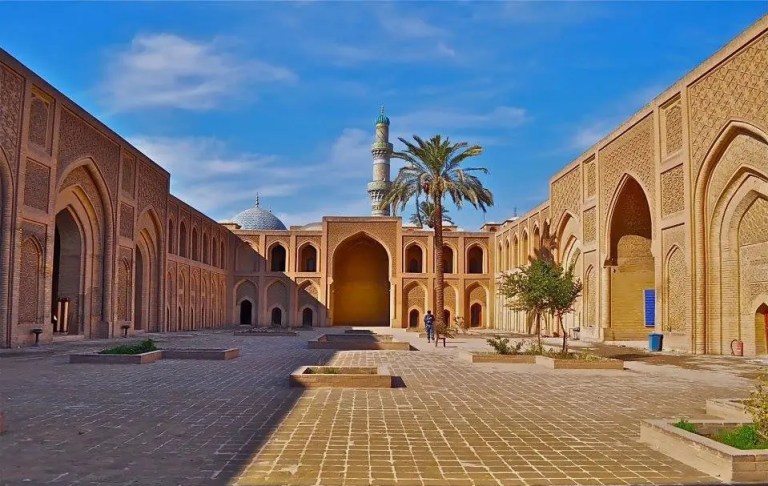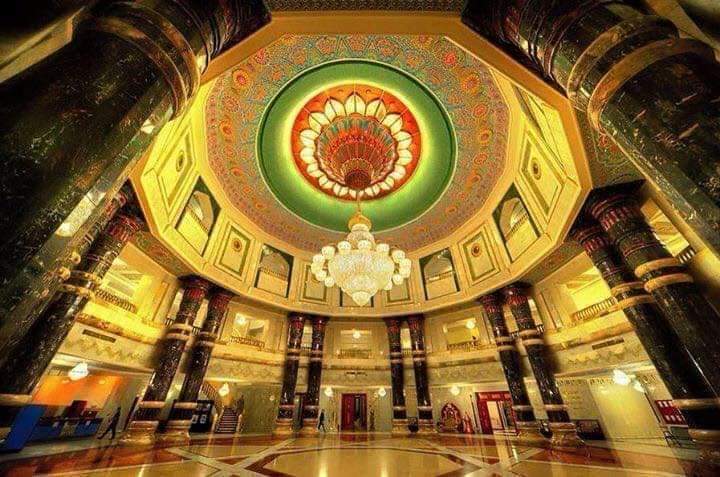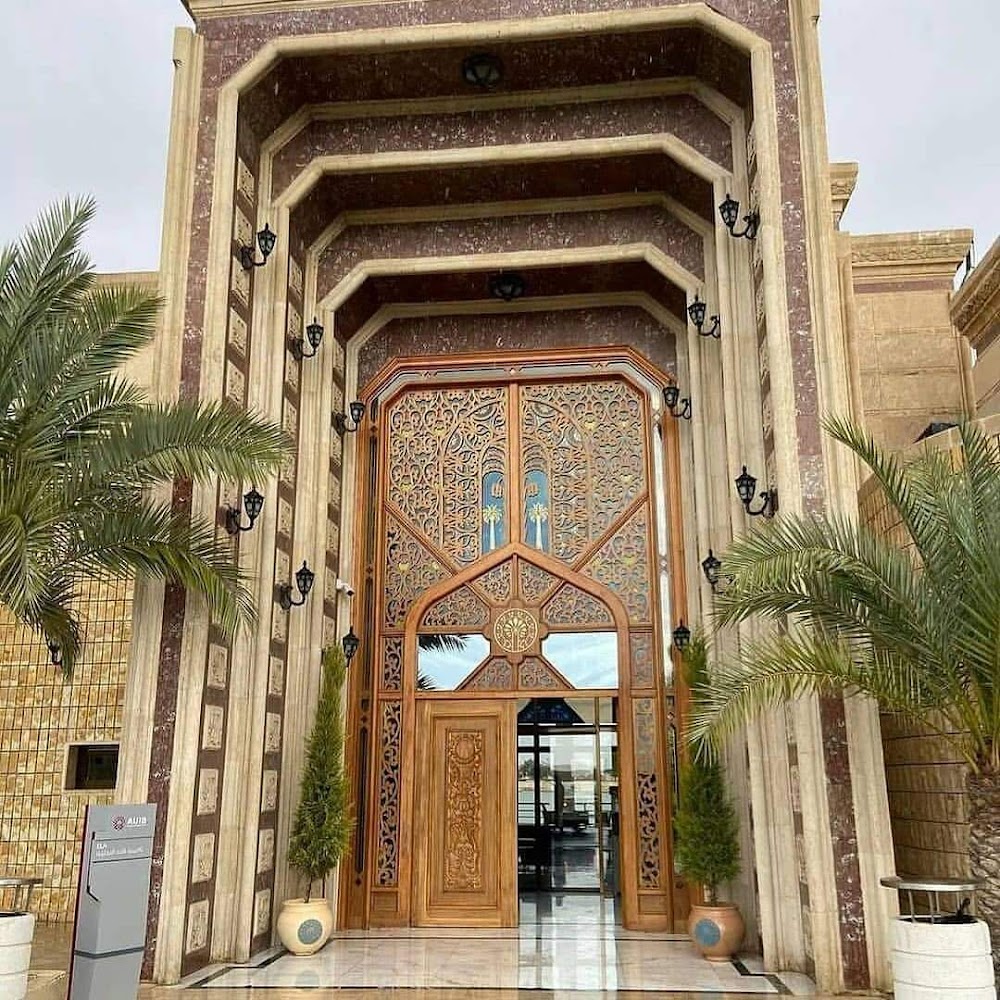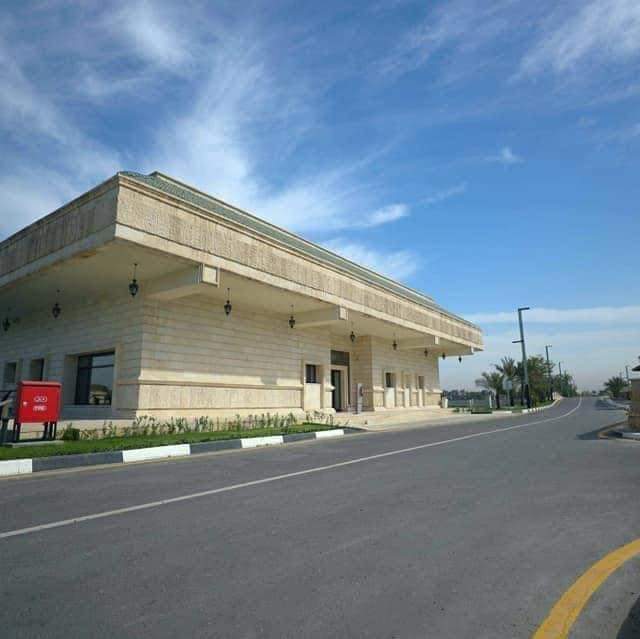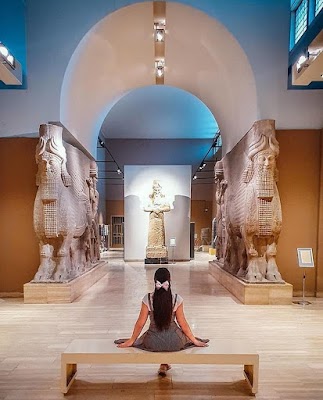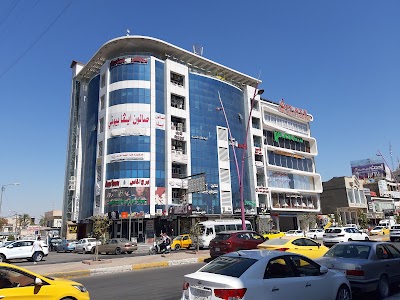Al-Faw Palace (قصر الفاو)
Overview
Al-Faw Palace: A Glimpse into Iraq's Regal Past
Al-Faw Palace, often referred to as the Water Palace, stands proudly in Baghdad, Iraq. Constructed in the late 1980s, this stunning palace was one of the many grand complexes commissioned by Saddam Hussein, the former President of Iraq. Its name pays homage to the victory in the Battle of Al-Faw during the Iran-Iraq War, symbolizing a significant moment in the nation’s history.
The construction of Al-Faw Palace was an immense undertaking, epitomizing the opulence and grandeur that Saddam Hussein sought to project. Nestled on a man-made island, the palace is surrounded by an artificial lake designed to enhance its isolation and luxury. Work on the palace commenced in 1986 and was completed by 1989, resulting in a complex that truly dazzles the eye.
Architects and engineers blended traditional Iraqi elements with modern design in the palace's architecture. The intricate use of marble, elaborate tile work, and grand reception halls creates an atmosphere of lavishness. Inside, visitors would find luxurious bedrooms adorned with materials sourced from around the globe, including exotic woods, ornate chandeliers, and sumptuous carpets.
The palace is characterized by its distinctive dome and impressive columns, which contribute to its regal appearance. The central dome stands as an iconic feature, easily visible from afar. The complex also boasts several auxiliary buildings, guest houses, and expansive gardens, all designed to host dignitaries and facilitate state affairs in a luxurious setting.
Beyond its aesthetic charm, Al-Faw Palace was equipped with advanced amenities for its time. Features such as air conditioning, sophisticated security systems, and elaborate communication networks were integrated into the design. The surrounding artificial lake not only provided security but also enhanced the palace's beauty, complete with ornamental bridges and teeming with fish.
Following the fall of Saddam Hussein’s regime in 2003, Al-Faw Palace was seized by coalition forces and became the headquarters for United States Army operations in Iraq, known as Camp Victory. During this time, the palace served multiple purposes, including office spaces, living quarters, and meeting rooms for military personnel.
Today, the legacy of Al-Faw Palace serves as a testament to the opulence of Saddam Hussein’s rule, while also reflecting the transformations in its use and significance after the regime's downfall. Despite the political upheaval and changes in ownership, the palace remains a striking symbol of Iraq's complex and multifaceted history.


